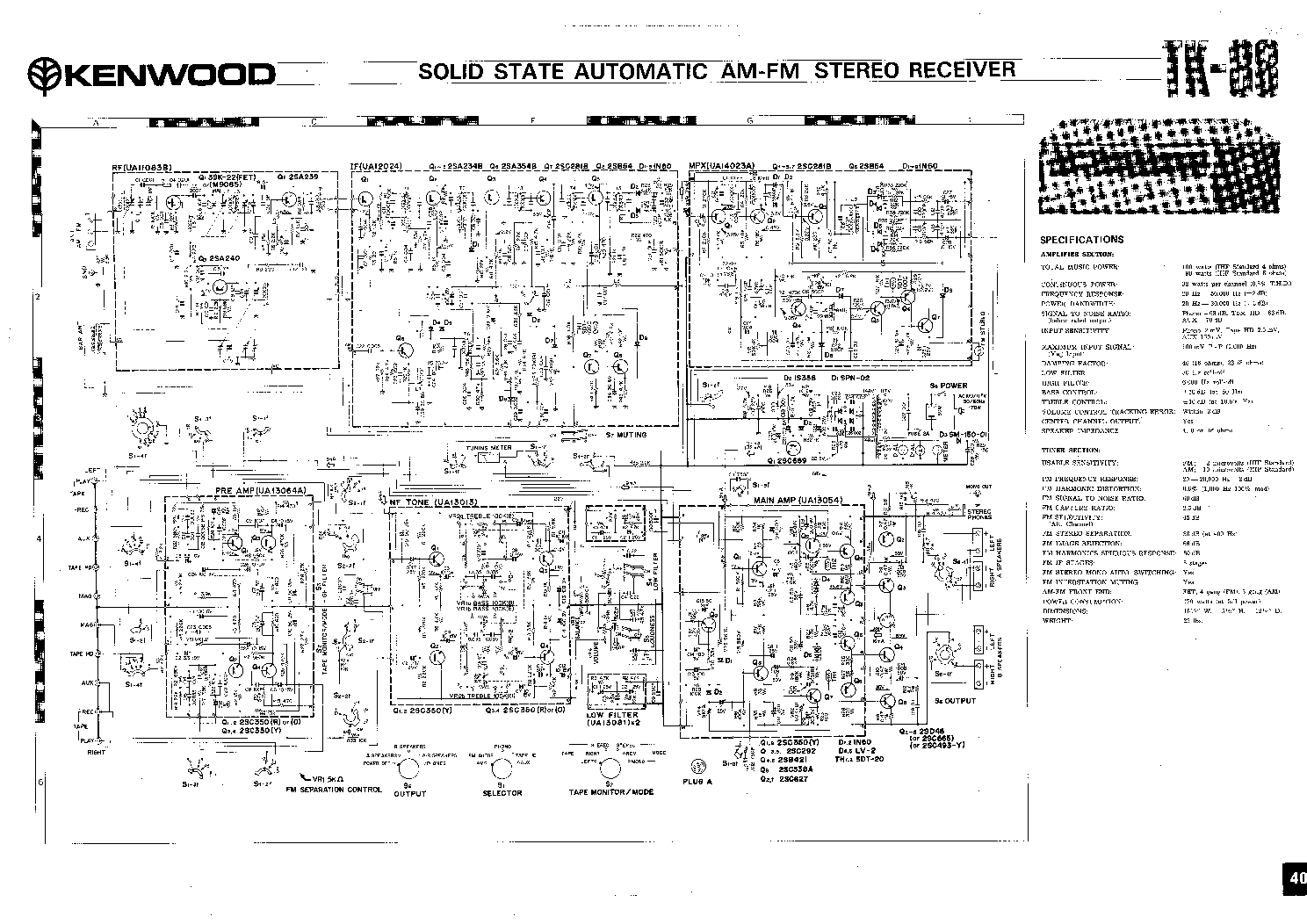88 ? Pdf
ISA-88.com is the leading website for ISA-88 Information, Training and Promotion. Here you’ll be informed about the latest News and Activities around the ISA-88 Standard. The Concept is based on a free exchange of General, Technical and Commercial information. When there is a question anywhere in the world, ISA-88.com gives the answer. Reference Manual (this PDF document) Describes the internal design of your instrument, how to use a connected computer, and all parameters that can be adjusted and set. Synthesizer Parameter Manual (PDF document) Explains the voice parameters, effect types, effect parameters, and MIDI messages that are used for synthesizers incorporating the.
Isa 88 Pdf
Search the EPA Archives:The CAP-88 (Clean Air Act Assessment Package - 1988) computer model is a set of computer programs, databases and associated utility programs for estimating dose and from emissions to air. CAP-88 is a regulatory compliance tool under the National Emissions Standard for Hazardous Air Pollutants (NESHAP).An updated version of CAP-88 PC version 4.1 is now available for beta test use ONLY. Modeling Capabilities Plume ModelingCAP-88 PC uses a modified Gaussian plume model to estimate the average dispersion of radionuclides released from up to six sources. The sources may be either elevated stacks, such as a smokestack, or uniform area sources, such as a pile of uranium mill. While up to six stacks or area sources can be modeled, all the sources are modeled as if located at the same point; that is, stacks cannot be located in different areas of a facility. Uniform contamination is assumed for area sources.Plume rise can be calculated assuming either a momentum or buoyancy-driven plume.
The same plume rise mechanism (buoyant or momentum) is used for each source. Assessments are done for a circular grid of 16 sectors by setting distance and direction within a radius of 80 kilometers (50 miles) around the facility. Errors arising from these assumptions will have a negligible effect for assessments where the distance to exposed individuals is large compared to the stack height, area or facility size. Radionuclide Concentration ModelingThe program computes radionuclide concentrations in air, rates of deposition on ground surfaces and plants, and concentrations in food. It uses intake rates to people from ingestion of food produced in the assessment area and inhalation of airborne radionuclides. Estimates of the radionuclide concentrations in produce, leafy vegetables, milk and meat consumed by humans are made by coupling the output of the atmospheric transport models with the terrestrial food chain models in the U.S. Nuclear Regulatory Commission, (64 pp, 3.03 M, ).Variation in radionuclide concentrations due to complex terrain cannot be modeled; all assessments assume a flat plain.
Risk Estimate ModelingDose and risk estimates from CAP-88 PC are applicable only to low-level chronic exposures, since the health effects and dosimetric data are based on low-level chronic intakes. CAP-88 PC cannot be used for either short-term or high-level radionuclide intakes.CAP-88 PC provides the CAP-88 methodology for assessments of both collective populations and maximally-exposed individuals and allows users to edit some environmental transport variables. A complete set of dose and risk factors, census data, and stability array data used in CAP-88 is provided, however, site specific data can be entered by the user. Version 4.0Version 4 is the most recent version of the code and may be used to demonstrate compliance with NESHAP. Download (37 MB,September 2014)(includes User Manual and other supporting documentation). In CAP-88 PC Version 4, users will find three significant changes:. Age-dependent radionuclide dose and risk factors for ingestion and inhalation. Additional radionuclides.
Changes in the file management system.CAP-88 Version 4 incorporates dose and risk factors from DCFPAK-2.2. In addition, the CAP-88 PC database, the user interface, input files, and output files, were modified to accommodate the DCFPAK-2.2 data formats and nomenclature.Other changes less visible to the user include new code architecture, incorporation of numerical solvers for the calculation of radioactive decay chains, including the ingrowth of decay products during air transport and ground surface deposition, enhanced error messages, updated online help, and a utility for migrating Version 3 datasets, wind files and population files to Version 4. The modifications have produced a significant improvement in speed and stability for Version 4 relative to Version 3, and eliminated the solution approximations used in Version 3. Version 4 System Requirements.
Windows XP SP3. Windows Vista SP1 or later. Windows 7 or later.
Windows 8.NET Framework version 4. 32-bit x86 architecture. 64-bit installation not supported but the 32-bit version can be installed on 64-bit systems.CAP88-PC Version 4 is not compatible with earlier versions of the Windows operating system. However, Version 3 data files can be migrated to a new Version 4 installation.

To migrate a Version 3 dataset, the user must run the dataset in the most recent copy of Version 3.
NIST has published an updated version of Special Publication (SP) 800-88, Guidelines for Media Sanitization. SP 800-88 Revision 1 provides guidance to assist organizations and system owners in making practical sanitization decisions based on the categorization of confidentiality of their information. Media sanitization refers to a process that renders access to target data on the media infeasible for a given level of effort.
Dungeon Magazine 88 Pdf


Information disposition and sanitization decisions occur throughout the information system life cycle.